How to Do a Natural Makeup Look
Understanding the Foundation
Foundation serves as the bedrock for achieving a naturally radiant complexion. The key lies in enhancing your skin's inherent beauty rather than concealing it. A well-chosen foundation harmonizes with your skin tone, creating a smooth canvas that looks effortlessly luminous. The secret? Finding that perfect match—both in shade and formulation.
Modern foundation formulas have evolved beyond heavy coverage. Today's best options provide buildable, breathable coverage that moves with your skin. When testing shades, always check in natural lighting and consider how the color oxidizes throughout the day.
Applying Foundation Strategically
Mastering application techniques makes all the difference. Start with a pea-sized amount at the center of your face—the area that typically needs the most coverage. Using your ring finger (which applies the lightest pressure) or a damp beauty sponge creates the most skin-like finish. Always blend outward in gentle, patting motions rather than rubbing.
Pay special attention to transition areas: along the jawline, around the nose, and near the hairline. These zones require extra blending to avoid telltale makeup lines. For problem areas, spot-concealing after foundation often yields more natural results than piling on product.
Choosing the Right Foundation Formula
Your skin type should dictate your formula choice. Combination skin benefits from gel-based or serum foundations that balance oil and hydration. Mature skin often looks most vibrant in luminous, hydrating formulas that don't settle into fine lines. Don't overlook skin-prep—a well-moisturized face makes any foundation perform better.
Setting the Stage for a Natural Finish
Powder application requires restraint. Instead of dusting all over, focus on strategic areas: the T-zone, under eyes, and anywhere makeup tends to crease. Pressing powder in with a velour puff creates longer-lasting results than brushing it on. For dry skin types, cream blushes and highlighters applied before powder can maintain a fresh, dewy look.
Modern setting sprays have become sophisticated skin perfomers. Look for formulas with hydrating ingredients like glycerin or hyaluronic acid that meld makeup to the skin rather than creating a separate layer.
Highlighting and Contouring for Subtle Definition
The modern approach to sculpting focuses on light manipulation rather than obvious color contrast. Applying your regular foundation one shade lighter in the center of your face creates natural dimension without additional products. For contour, try using a foundation two shades deeper just below the cheekbones—blended thoroughly, this creates subtle shadow without obvious lines.
Highlighting works best when it mimics where light naturally hits your face: the high points of cheekbones, brow bones, and the bridge of the nose. Cream formulas blended before powder look most skin-like.
Completing the Natural Look with Blush and Bronzer
Blush placement makes all the difference for a fresh-faced effect. Smile gently to locate the apples of your cheeks, then apply color slightly higher—this lifts the face naturally. Stippling brushes create the most diffused, natural-looking application. For bronzer, think of framing the face rather than tanning—light application along the hairline and under the jawline creates warmth without obvious streaks.
Modern cream-to-powder formulas blend seamlessly and last longer than traditional powders. For the most natural effect, choose shades that mimic your natural flush after light exercise.
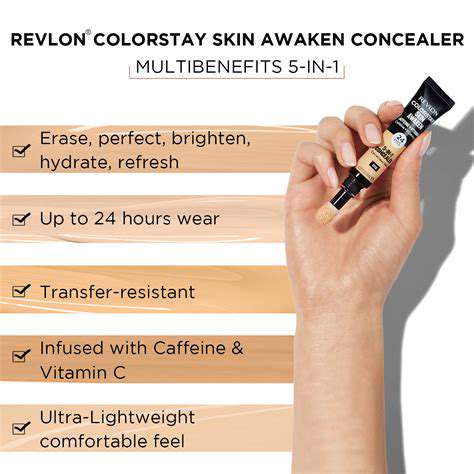
Completing the Look with Effortless Contour and Blush
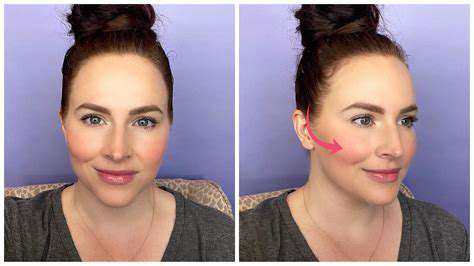
Completing the Look with Effortless Accessories
Thoughtfully selected accessories act as the punctuation marks of personal style. These finishing touches should enhance rather than overwhelm your overall aesthetic. The most impactful accessories often carry personal significance—a family heirloom or travel souvenir tells your unique story.
Consider proportion when accessorizing. Petite frames shine with delicate jewelry, while taller individuals can carry bolder pieces. The current trend toward mixing metals and textures allows for more creative expression.
The Power of a Statement Necklace
A well-chosen necklace can transform an outfit's entire silhouette. V-necklines pair beautifully with pendant necklaces, while crew necks provide the perfect canvas for bold collars. For contemporary styling, try layering chains of varying lengths—this creates visual interest while allowing each piece to shine.
When selecting statement pieces, consider how the jewelry complements your facial features. Angular designs flatter round faces, while curved pieces soften stronger jawlines.
Enhancing Your Look with Stylish Bracelets
Wristwear offers endless opportunities for self-expression. The art of bracelet stacking lies in balancing proportions—mix slim bangles with chunkier cuffs for dynamic contrast. For professional settings, a single elegant watch or thin chain bracelet maintains polish without distraction.
Pay attention to how bracelets interact with your sleeves. Bracelets should peek out naturally from shirt cuffs or jacket sleeves rather than getting lost or bunching fabric.
The Subtle Charm of Scarves
This versatile accessory deserves reconsideration beyond seasonal use. A lightweight silk scarf tied to a handbag strap instantly elevates even casual outfits. For creative professionals, scarf artistry (like the European loop or ascot tie) demonstrates sartorial sophistication.
When selecting patterns, consider your color palette. A scarf can either pull together existing colors in your outfit or introduce an exciting new hue as an accent.
The Art of Choosing the Right Bag
Handbag selection requires both aesthetic and practical consideration. A structured satchel in a neutral hue offers maximum versatility for work environments. For evening, a compact clutch with interesting texture or metallic finish makes impact without bulk.
Pay attention to proportion—petite frames can be overwhelmed by oversized totes, while taller individuals can carry larger styles with elegance. The current trend toward hands-free bags (like crossbody styles) combines convenience with style.
Complementary Jewelry for a Polished Look
Jewelry curation follows the same principles as art collecting—each piece should have intention. A signature piece (like distinctive stud earrings or an arm party of bracelets) creates recognizable personal style. For professional wardrobes, sticking to one metal family creates cohesion across outfits.
Consider how jewelry interacts with your hairstyle. Updos showcase earrings beautifully, while down styles might call for more prominent necklaces.
The Impact of Footwear on the Overall Ensemble
Shoes complete the visual narrative of an outfit. Unexpected details like metallic accents or architectural heels can transform basic outfits into fashion statements. For maximum versatility, invest in quality neutrals that work with multiple outfits.
Comfort shouldn't be sacrificed for style—modern brands offer elegant designs with supportive features like cushioned insoles and stable heels. The right shoes should carry you confidently through your day.
Read more about How to Do a Natural Makeup Look
Hot Recommendations
- Grooming Tips for Your Bag and Wallet
- Best Base Coats for Nail Longevity
- How to Treat Perioral Dermatitis Naturally
- How to Use Hair Rollers for Volume
- How to Do a Graphic Eyeliner Look
- Best DIY Face Masks for Oily Skin
- Guide to Styling 4C Hair
- Guide to Improving Your Active Listening Skills
- How to Fix Cakey Foundation
- Best Eye Creams for Wrinkles

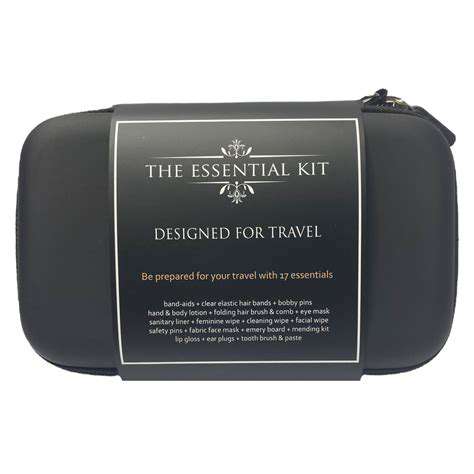
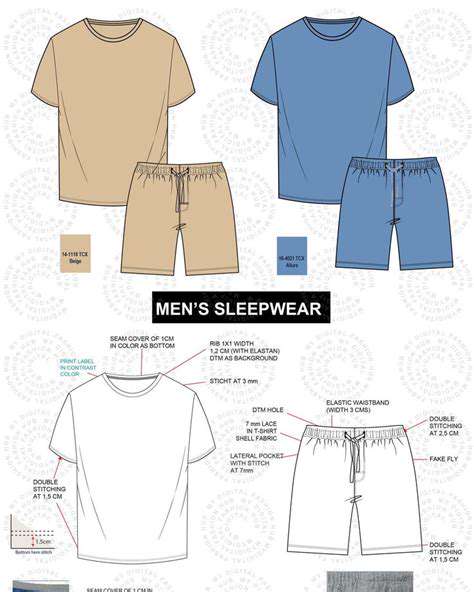

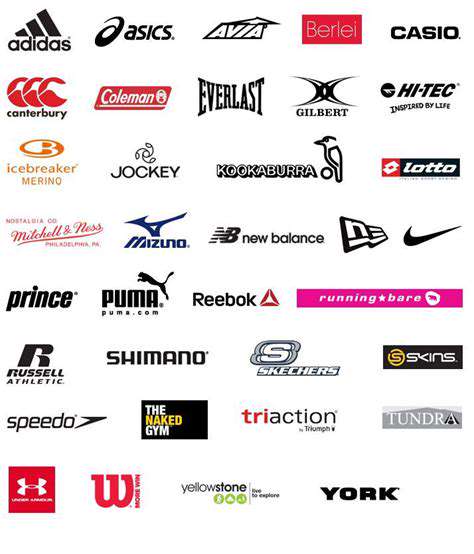
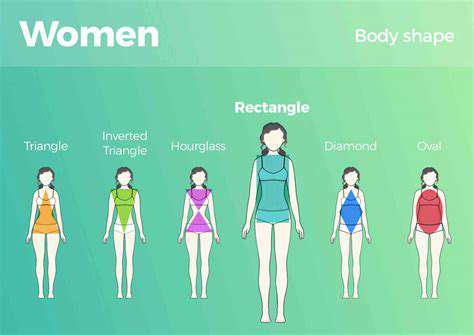
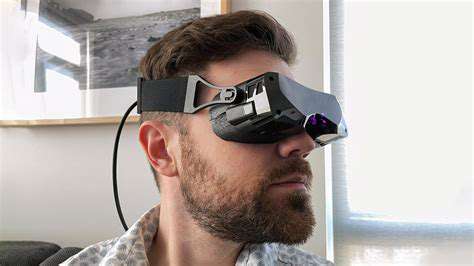


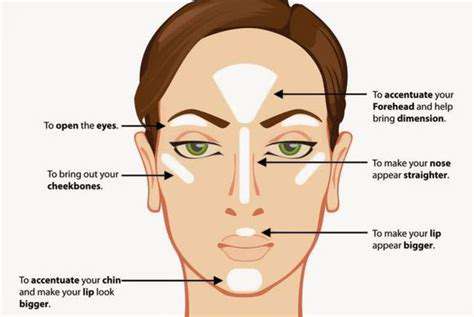
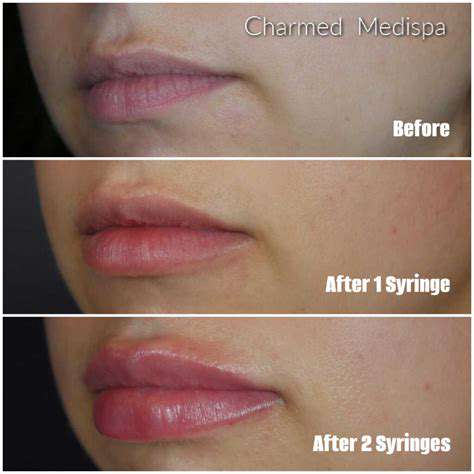
![Review: [Specific Maternity Clothing Brand] Comfort and Style](/static/images/29/2025-05/ValueforMoney3AAWorthyInvestment3F.jpg)